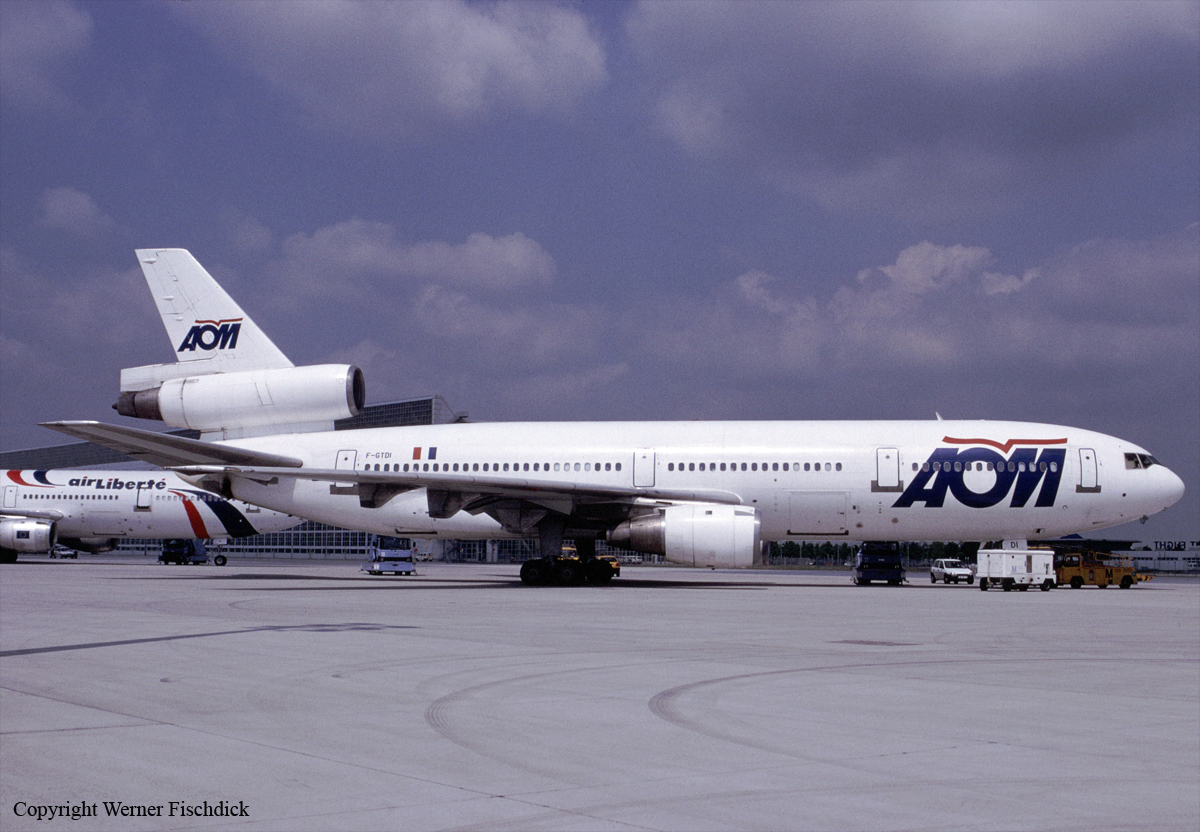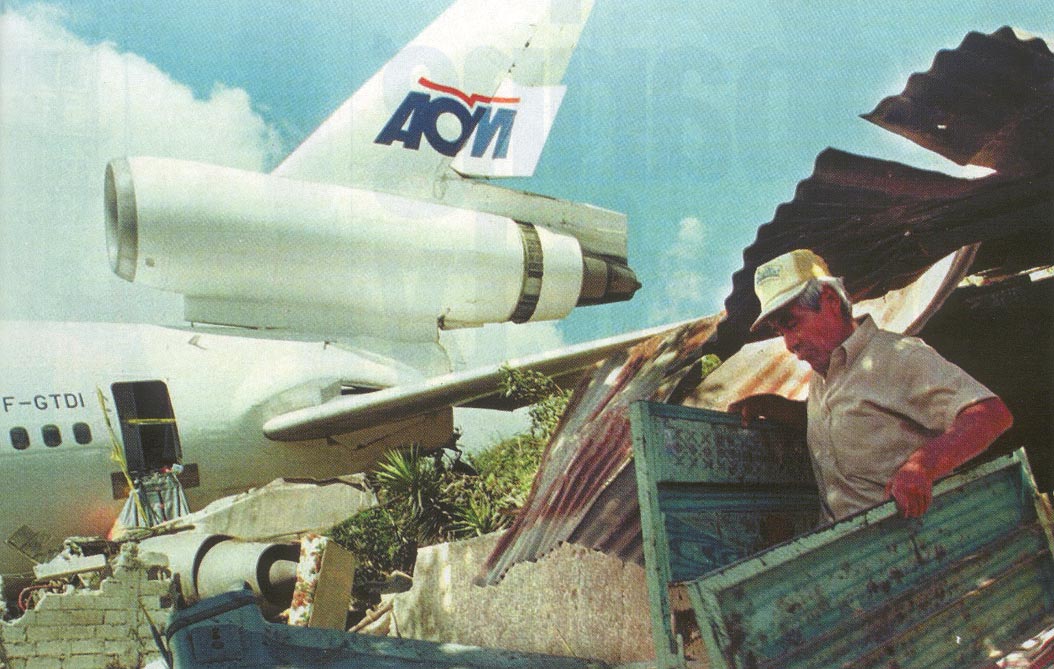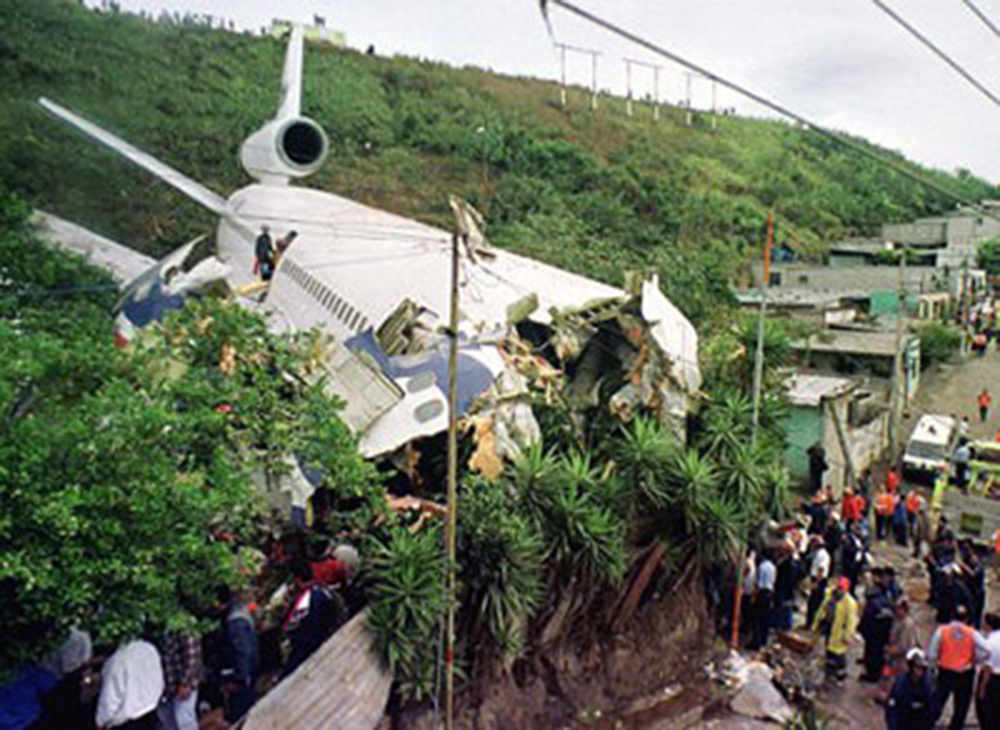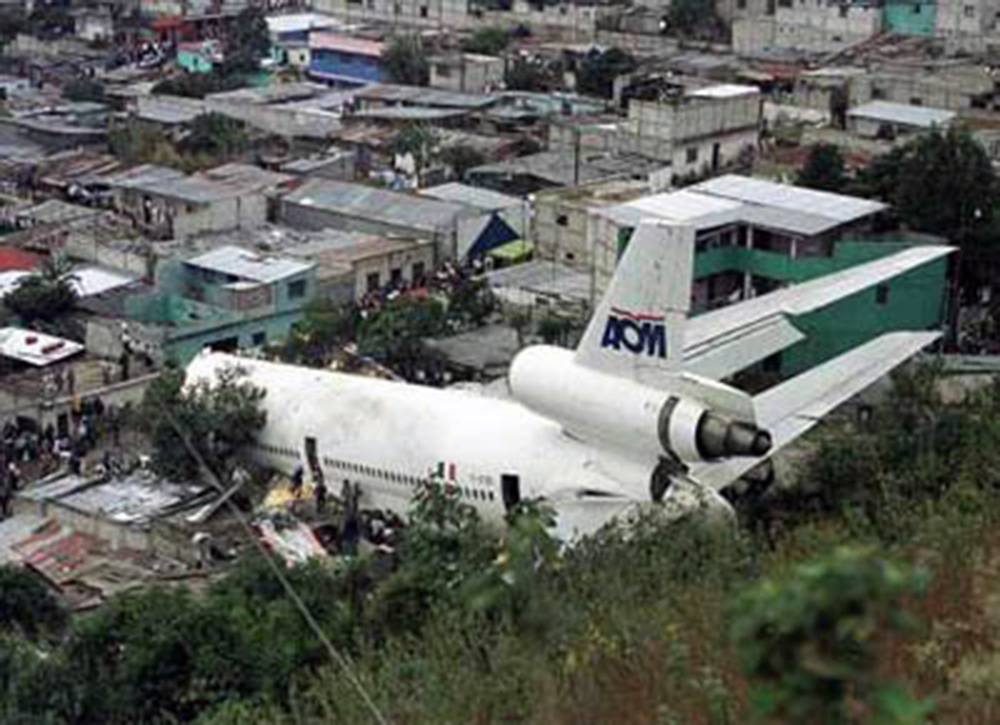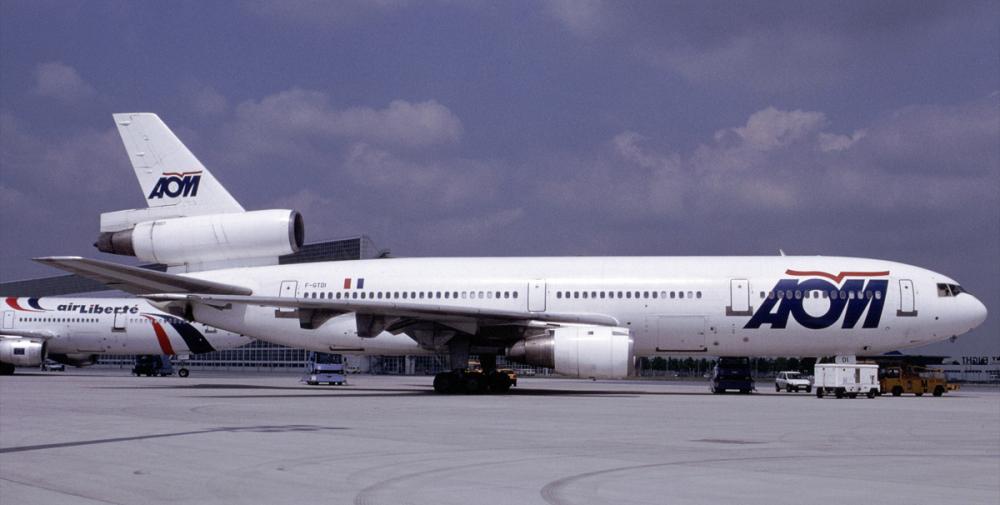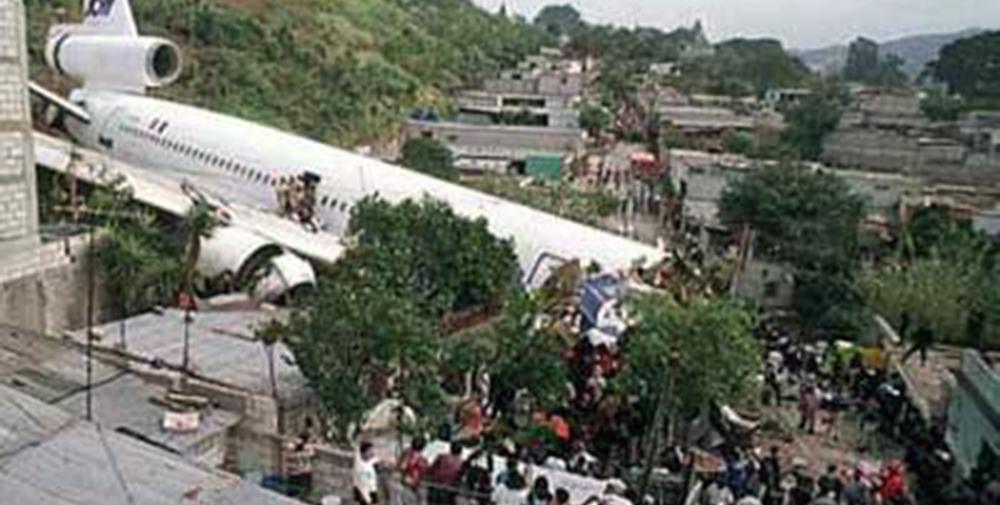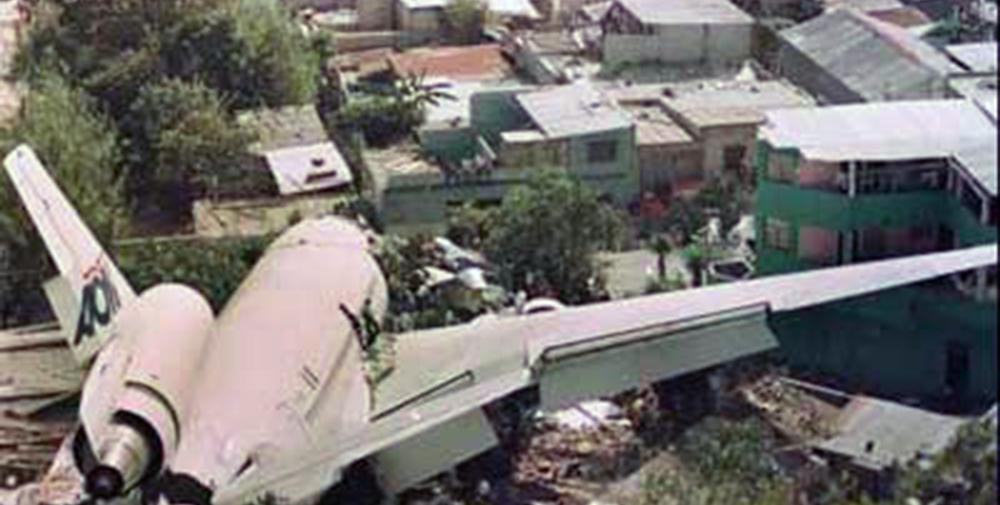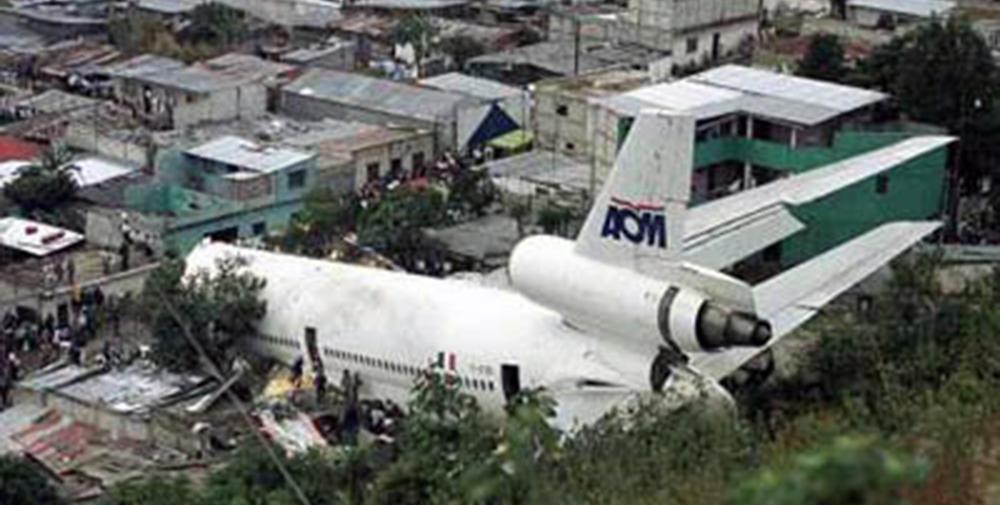Date & Time:
Dec 21, 1999 at 0940 LT
Type of aircraft:
Douglas DC-10
Registration:
F-GTDI
Flight Phase:
Landing (descent or approach)
Flight Type:
Charter/Taxi (Non Scheduled Revenue Flight)
Survivors:
Yes
Schedule:
Havana - Guatemala City
MSN:
46890
YOM:
1973
Flight number:
CU1216
Country:
Guatemala
Region:
Central America
Crew on board:
18
Crew fatalities:
8
Pax on board:
296
Pax fatalities:
8
Other fatalities:
2
Total fatalities:
18
Captain / Total hours on type:
4872
Copilot / Total hours on type:
4156
Aircraft flight hours:
85760
Aircraft flight cycles:
27331
Circumstances:
Leased from AOM French Airlines, the aircraft was completing a charter flight (service CU1216) from Havana to Guatemala City on behalf of Cubana de Aviacion, carrying 18 crew members and 296 passengers who were mostly young Guatemalan citizens studying medicine in Cuba. After touchdown on runway 19, the crew started the braking procedure but the aircraft was unable to stop within the remaining distance. It overran, went down an embankment and eventually crashed onto several houses located in the district of La Libertad. Both pilots, six other crew members, eight passengers and two people on the ground were killed. Also, 57 people were injured (among them 20 on the ground) while 261 other occupants escaped uninjured. The aircraft was destroyed.
Probable cause:
Wrong approach configuration on part of the crew who landed too far down the runway with an excessive speed, between 1,220 and 1,320 metres past the runway threshold. Runway 29 is 2,767 metres long and it was calculated that the landing distance available was reduced by 1,450 to 1,500 metres. The following contributing factors were identified:
- The crew failed to initiate a go-around procedure while the landing procedure was obviously missed,
- An indicated airspeed (IAS) of the aircraft greater than the specified one, with an increase due to elevation and temperature,
- The initial gradient of the track that requires a vertical speed descent, during leveling, May than usual,
- The flotation of the aircraft during the leveling phase (flare), facilitated by the use of the “CWS” mode of the autopilot (procedure approved by the aircraft flight manual), without corrective action by the Commander,
- A probable tailwind component over which there was no exact information provided by the control tower and that was not monitored by the crew, as it was not in their procedures nor did he feel the need to,
- The failure of the crew to immediately start the braking procedure after touchdown, probably caused by a false visual impression of the crew which was facilitated by their lack of prior experience for the approach and landing on runway 19 at the Aurora Airport with this type of aircraft,
- The runway surface condition,
- A tailwind component.
- The crew failed to initiate a go-around procedure while the landing procedure was obviously missed,
- An indicated airspeed (IAS) of the aircraft greater than the specified one, with an increase due to elevation and temperature,
- The initial gradient of the track that requires a vertical speed descent, during leveling, May than usual,
- The flotation of the aircraft during the leveling phase (flare), facilitated by the use of the “CWS” mode of the autopilot (procedure approved by the aircraft flight manual), without corrective action by the Commander,
- A probable tailwind component over which there was no exact information provided by the control tower and that was not monitored by the crew, as it was not in their procedures nor did he feel the need to,
- The failure of the crew to immediately start the braking procedure after touchdown, probably caused by a false visual impression of the crew which was facilitated by their lack of prior experience for the approach and landing on runway 19 at the Aurora Airport with this type of aircraft,
- The runway surface condition,
- A tailwind component.
Final Report:
F-GTDI.pdf626.26 KB
